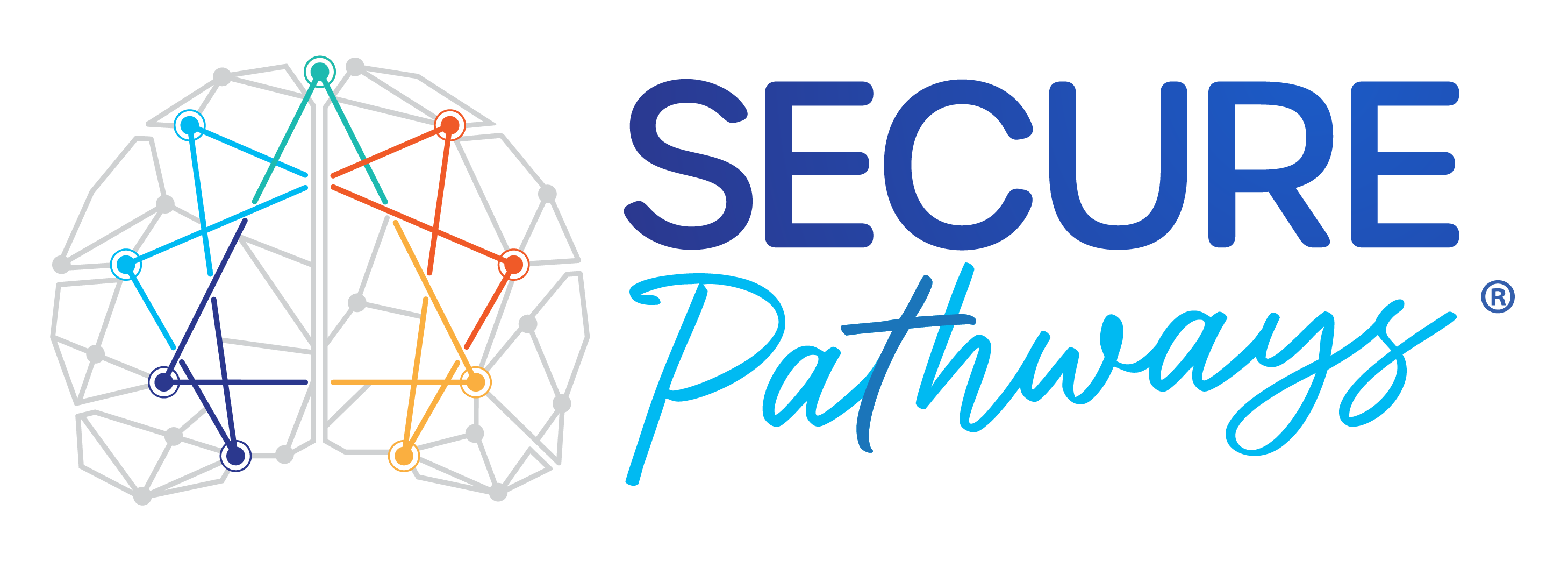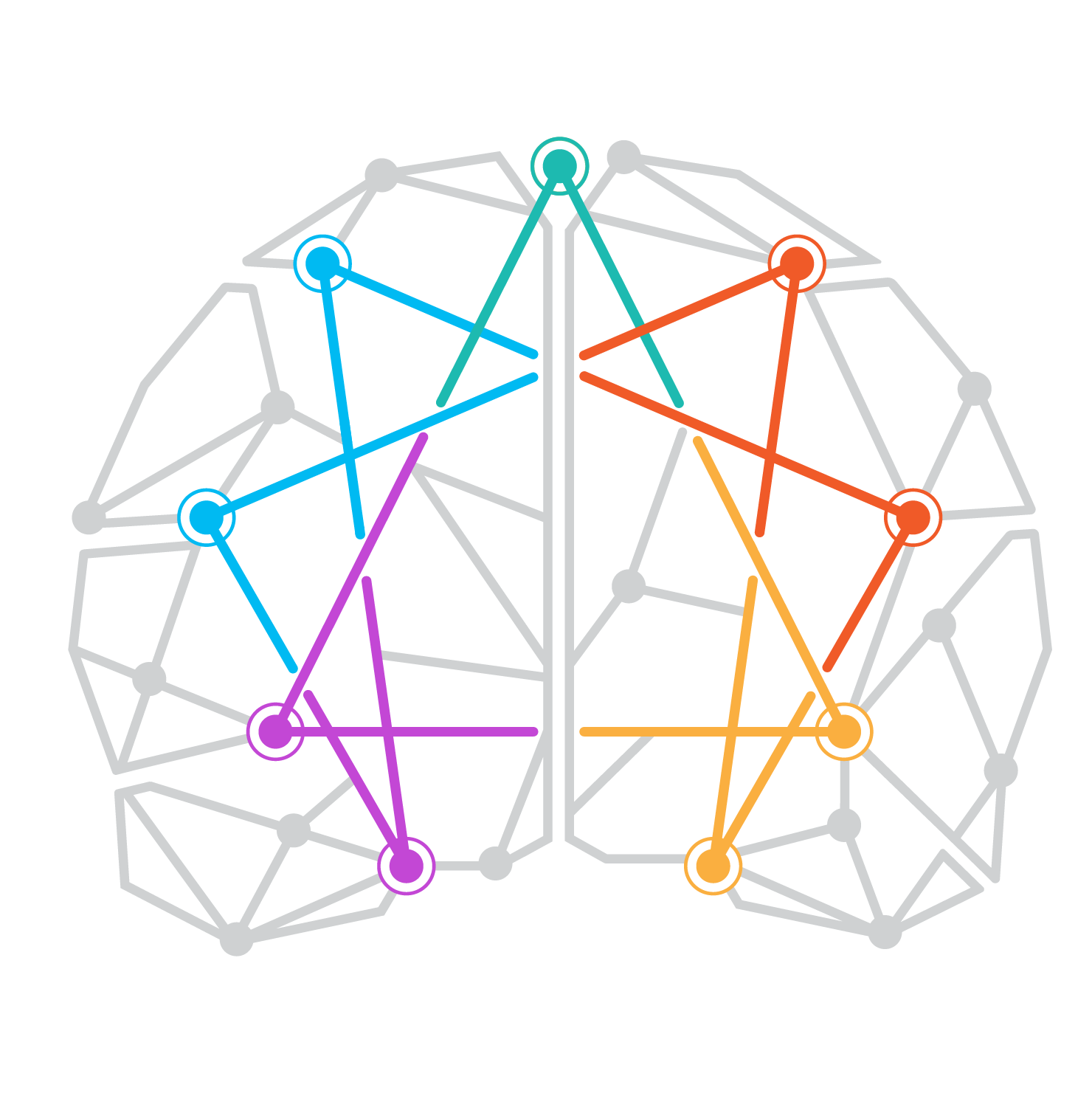To help you engage with your loved ones during your New Year’s celebrations or just during some downtime, grab my New Year’s Conversation Starters below. These questions can also be used for your own personal reflection.
After Christmas, the focus in the U.S. seems to shift to New Year’s Resolutions, organization of your home and life, and weight loss plans. I do think there is value in taking stock of where we are and where we are going, but I promise not to ask you to step on the scale or go for a jog!
Depending on your Enneagram type, some people are more likely to reflect back on this year, while others are more likely to look forward to what might happen in the coming year. Let’s look at how your Enneagram type, particularly your Stance (a.k.a Communication pattern), might influence your end-of-the-year mind-set.
Your Stance is how you approach other people to get your needs met. Here is a quick description of each Stance.
Assertive Stance (Types 3, 7, 8) – These types engage others in a direct and determined (sometimes even pushy) way to get what they need. They generally have a lot of energy, are confident, and make things happen. Their orientation to time is the future, which means the way they work, think, feel (or not feel) tends to be related to moving forward and getting where they want to go or what they want to accomplish. Assertive types tend to put emotions aside to keep moving.
Dutiful Stance (Types 1, 2, 6) – These types comply with the needs right in front of them and typically move along with others to help meet others’ needs. They are cooperative, tend to follow rules or expectations, and put their own needs on the back burner. Their orientation to time is the present, which means that they focus on what they can see needs to be done in-the-moment. They often help others as a way to earn love and acceptance, and thus, to get their needs met. Dutiful types tend to have unproductive thinking that can keep them stuck in the present.
Withdrawn Stance (Types 4, 5, 9) – These types move away from others to try to take care of their own needs. They can easily become overwhelmed by other people and create distance so they have space to reflect. They can be very thoughtful and like to be autonomous–they do not like pressure from others. Their orientation to time is the past, which means they tend to reflect on what has already happened and what was important in the past. Withdrawn types tend to be slow to act and spend a lot of time being quiet or contemplating what has already happened, how they felt, or what worked well.
The Gift of Each Stance and How to Access it
🎁 Withdrawn types are more likely to think back on the past year and learn from their mistakes and to relive the good times. One gift they bring to this time of year is to encourage us to spend time contemplating the year-in-review. They are able to find the wisdom from this year and not lose lessons learned.
🎁 Assertive types are more likely to plan for the new year and all of the exciting things to come. One gift they bring is anticipating the good things that could happen and work to make those things a reality. They help us dream and move forward with purpose. They are able to find purpose in the gift of a new year.
🎁 Dutiful types are more likely to focus on the present moment and to enjoy what is happening right now. One gift they bring is to be aware of those around us and what they might need and to not neglect the here-and-now. The present is where memories are made and action is taken. It is the bridge between what has been and what could be. It is also where we need to experience our emotions.
The goal of knowing our Enneagram type is to be more aware of how we operate and how God created us and then to use that information to allow God to transform us more into His likeness.
“And the Lord—who is the Spirit—makes us more and more like him as we are changed into his glorious image.” - 2 Corinthians 3:18 (NLT)*
God is the embodiment of all nine Enneagram types operating at their most healthy. How can you use this information about Enneagram stances to draw on the strengths of each Stance?
As you say good-bye to 2024 and welcome in the New Year, I encourage you to tap into the wisdom of each Enneagram Stance:
Take time to reflect on this year–not avoiding the pain or disappointment and not moving past the progress you have made.
Take time to live in the moment and enjoy the time with friends and family as you celebrate and interact. Taste the food. Feel your feelings. Hold on tight during that hug.
Take time to plan for the future. Dream big. Try to discern where the Lord is leading you. Develop some goals for 2025 as a family.
Questions to ponder:
What did I do well as a parent this year? Take time to recognize the gifts you bring to parenting and to your children’s lives.
What area of parenting would you like to strengthen next year?
What benefits have you noticed when you are present with your children and can stay in-the-moment with them?
What did the Lord teach you this year?
In what ways would you like your faith to grow in 2025?
To help you engage with your loved ones during your New Year’s celebrations or just during some down time, grab my New Year’s Conversation Starters below. These questions can also be used for your own personal reflection.
As you reflect on your parenting, if you are feeling stuck or discouraged and would like a guide by the side to help you dig deeper into parenting doubts, sign up for a free 15-minute consultation.
*The Holy Bible, New Living Translation (NLT). (2015). Tyndale House Publishers, Inc.



